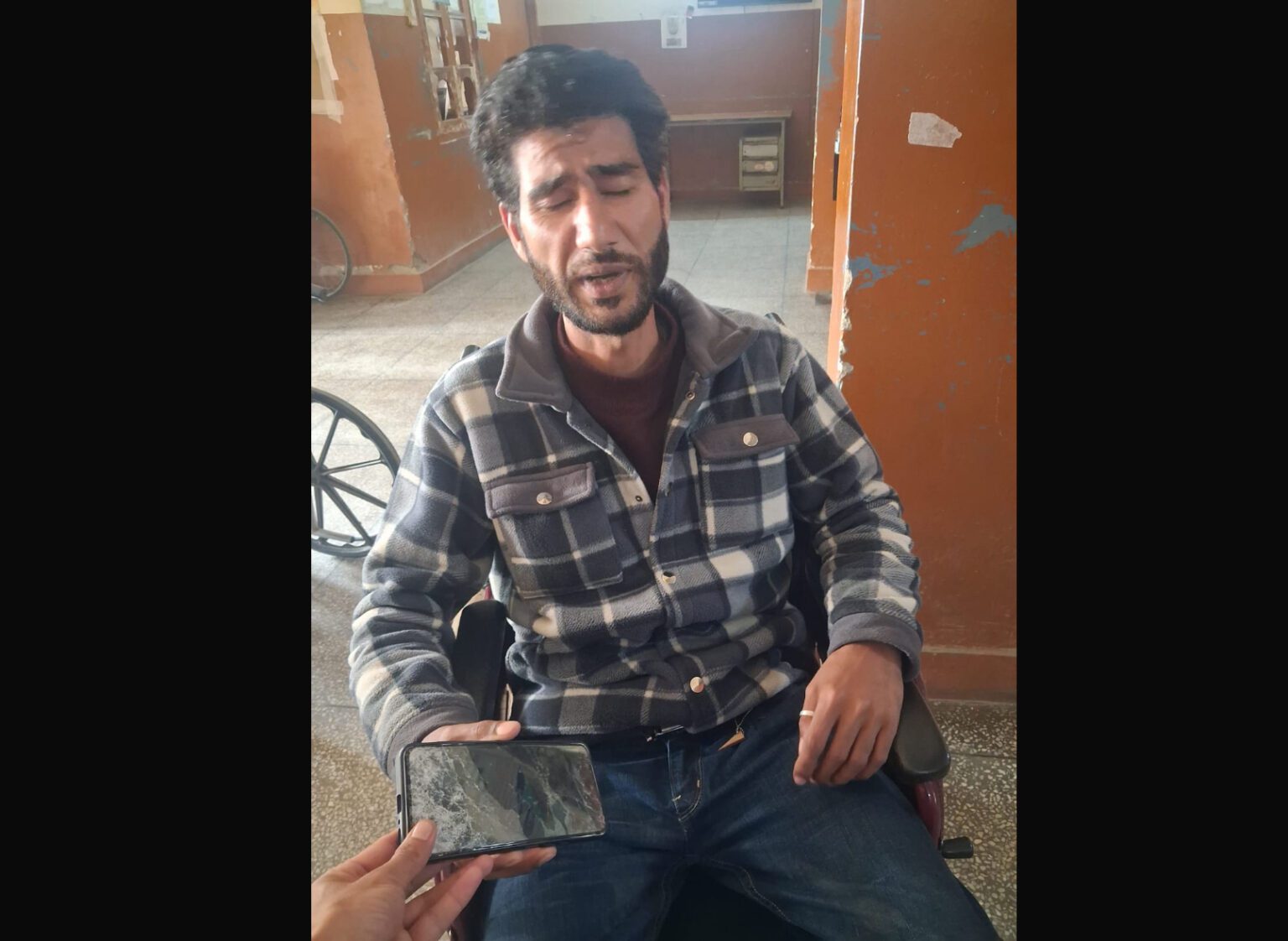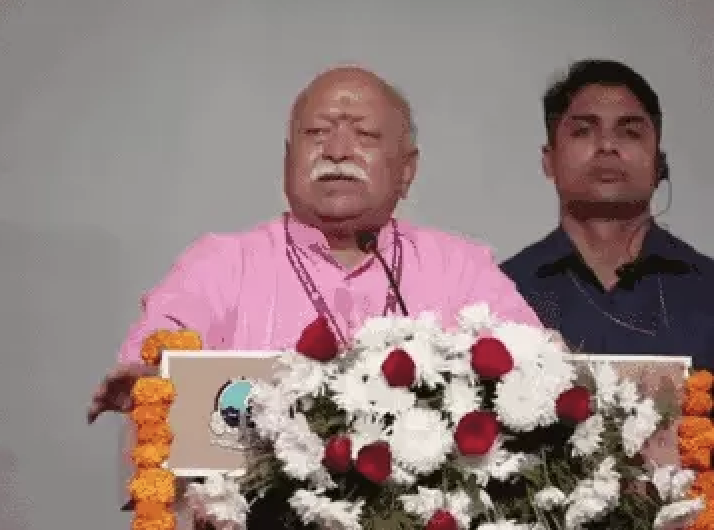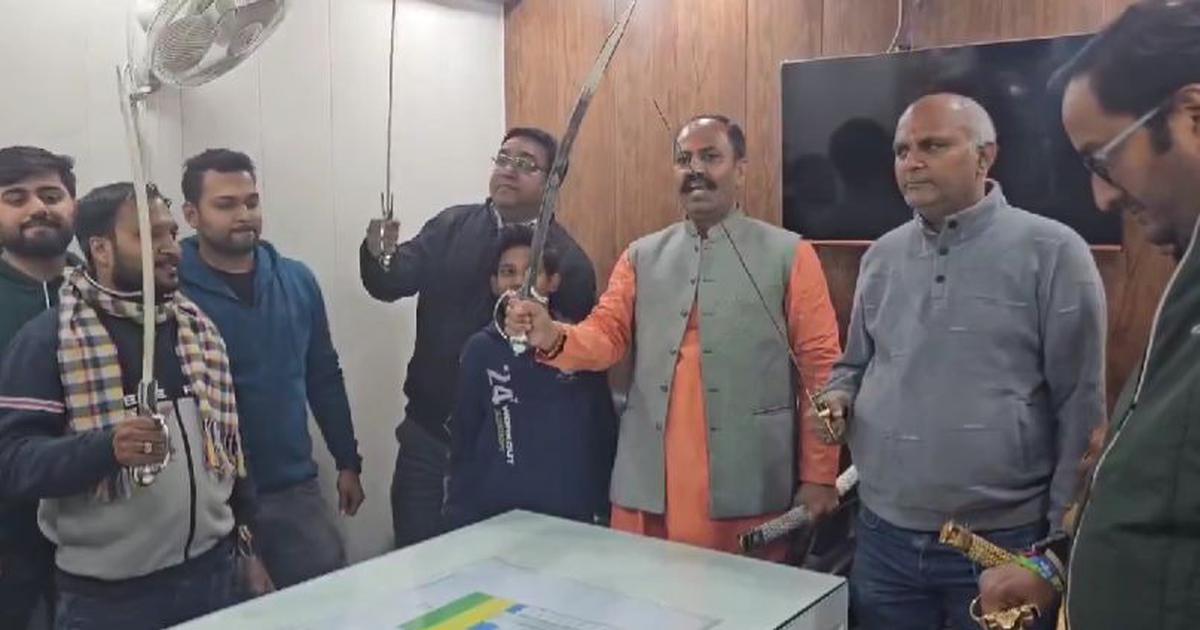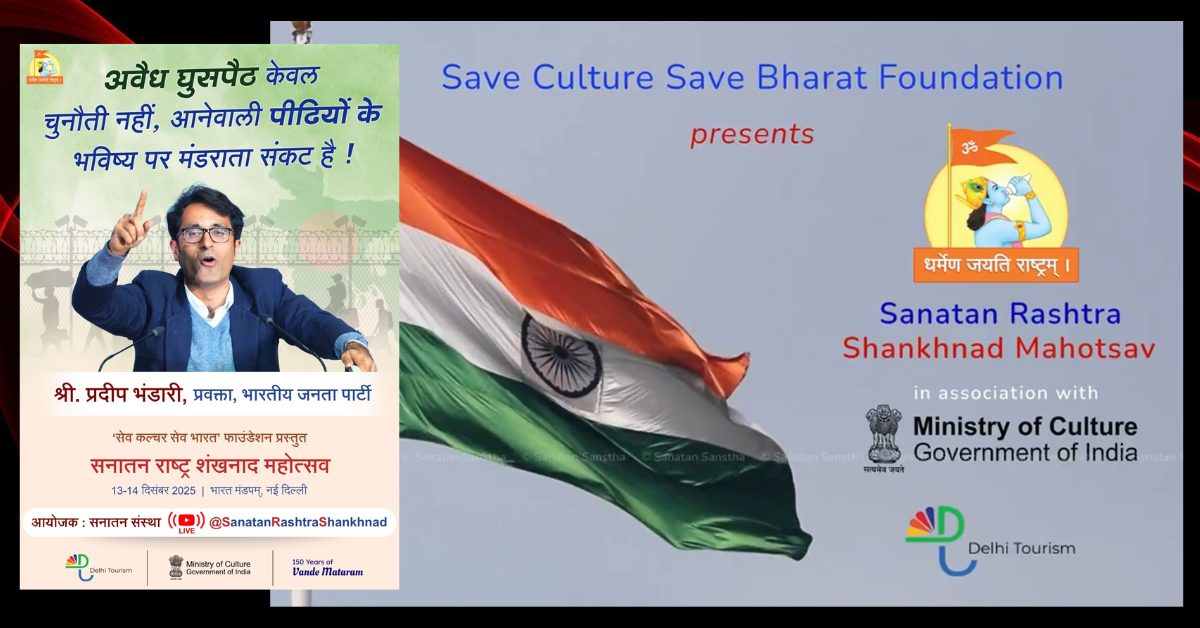
By Valay Singh
As the 26th death anniversary of Baba Lal Das approaches, his memory stands virtually erased from Ayodhya. On November 16, 1993, Lal Das, a strident opponent of the Rashtriya Swayamsevak Sangh and Vishwa Hindu Parishad, was shot dead in the middle of the night in Ranipur Chattar village, just 20 km from Ayodhya. His murder was never solved by the police, and the case was reportedly dismissed as being related to a land dispute.
While he was alive, Lal Das was deeply involved in another land dispute. In 1981, he was appointed by the court as the head priest of the disputed Ram Janmabhoomi temple located under the central dome of the Babri Masjid. Lal Das, said to be a Leftist by inclination, had opposed the VHP’s Ram Janambhoomi campaign right from when it was first launched in 1984.
In June 1991, the BJP won more than half of the 419 seats in the Uttar Pradesh assembly, and made Kalyan Singh the chief minister. “The VHP had identified a set of ‘obstacles’ to their plan of constructing a grand Ram temple, and as the head priest of the temple at the disputed site, Lal Das was the second last obstacle, the Babri mosque itself was the last,” says Faizabad-based senior journalist Suman Gupta.
A few months before the demolition of the mosque on December 6, 1992, the Kalyan Singh government removed Lal Das as the head priest in March 1992. Mahant Satyendra Das, who replaced Lal Das, remains the head priest of the Ram Janambhoomi temple. Speaking on the phone, he said, “Lal Das was removed because there were allegations of corruption against him, he was a controversial figure and therefore he was removed from his post after which he became irrelevant in Ayodhya. He has been dead for a long time, why are you asking about him now?”
Also read: Has RSS Really Distanced Itself From Hindu Claims Over Kashi and Mathura?
Lal Das had filed a suit against his removal, which remains pending before the Lucknow bench of the Allahabad high court.
Steeped in the pluralistic Ganga-Jamuni syncretic cultural traditions of Awadh, Lal Das derided the Ram temple movement as nothing but a politics of strife and sentiments for garnering Hindu votes. Some of his often-told anecdotes pertained to how most of Ayodhya’s temples were built with the aid of the Muslim rulers of Awadh, and how Hindu priests and Muslim pirs resolved to live cordially after the 1855 conflagration between Hindus and Muslims.
Today, except for a few old-timers like Mahant Gyan Das of the Hanumangarhi temple, who identifies as a ‘secular saint’, few remember Lal Das and his stellar effort to preserve Hindu-Muslim harmony, at least in Ayodhya. Gyan Das refused to talk about him, except to say, “he was from Hanumagarhi, he was a good man but he was killed by his enemies after the demolition of the Babri Masjid”.

A statue of Ram is seen after the Supreme Court’s verdict on a disputed religious site, in Ayodhya, November 10, 2019. Photo: Reuters/Danish Siddiqui
Against the backdrop of the Supreme Court verdict, which has categorically awarded the entire disputed site (2.77 acres) to Ram Lalla Viraajmaan, the deity, Lal Das’s failed battle appears like a tiny footnote in the troubled history of Ayodhya. For years now, not a single priest in Ayodhya has had the courage to differ from the dominant discourse of ‘Mandir Wahin Banayenge’. With the Supreme Court’s endorsement of this war-like cry, it is unlikely that even the likes of Gyan Das, who still wields a lot of influence in the temple town, would dare to deviate from the VHP and RSS line of not allowing the new mosque to be built within the ‘cultural boundary of Ayodhya’.
On the day of the verdict, peace and calm was imposed with the help of thousands of police forces and central paramilitary troops, and to its credit the local administration ensured that any attempt to disturb communal harmony was nipped in the bud.
Afaqullah, convenor of the Awadh People’s Forum, an organisation that works with children and youth, says that “there is no issue left for Hindus to be upset about. They have got the temple and the land, this should be enough. The judgement turns out to be good or bad will depend on what the majority community does hereafter”. Muslim community leaders such as Haji Mehboob and Iqbal Ansari, both litigants in the dispute, have announced that they won’t ask for a review of the judgement
Although on the surface, there have been almost tawdry shows of saffron-robed sadhus hugging mullahs and maulvis, the underbelly of Ayodhya churns with anti-Muslim rhetoric and innuendos.
On the day of the verdict, two Hindu sisters who run a small temple and eatery near Asharfi Bhavan were heard scolding their eight-year old neighbour, Manmohan Pandey. The boy’s fault: feeling ignored, he had dared to question the hype around the verdict by saying, “What’s the big deal, there’s a Ram temple in my own house”. The sisters, both in their 30s had loudly shouted at the boy, “Are you a Muslim or a Hindu?”
It is true that in the temple town people await closure, and this verdict brings them the closest they have ever been to it. And though the verdict is imperfect and unjust for one side, both agree that it is a practical solution and every effort must be made to bury the dispute for good. The court has decreed a temple and an alternate site for a mosque within the town; it would be fair and sensible to start the construction of both at the same time.
The short life of Lal Das is almost forgotten in Ayodhya today, but his message of communal unity and harmony has become more important than ever for both Ayodhya and the country.
This story first appeared on thewire.in






